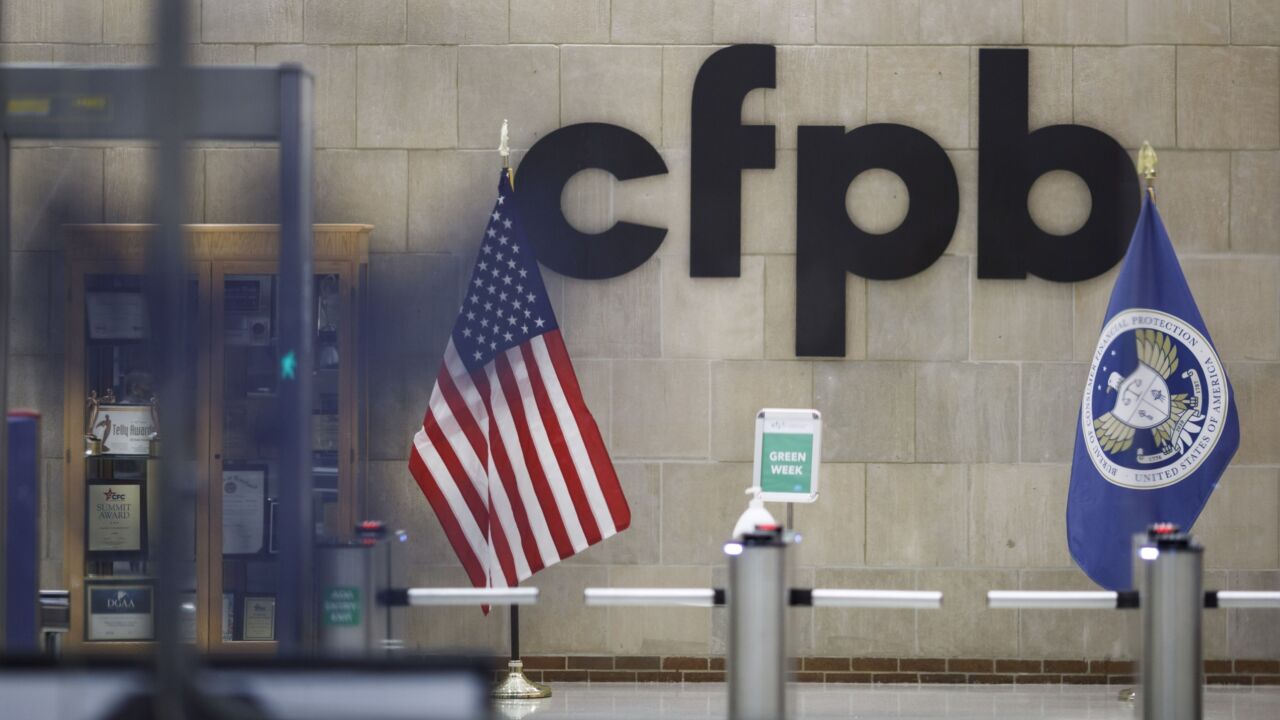While the COVID-19 pandemic continues to create financial uncertainty for all Americans, it's not too early to ask how mortgage lenders can help put the nation's economy back on track. After all, the real estate industry comprises the largest sector of the U.S. economy.
The post-pandemic market already has one thing going for it: millennials. In fact, until the pandemic hit, millennials migrating from renters into homeowners were already poised to deliver one of the strongest lending years on record. And yet, not every millennial has equal access to homeownership because of a lack of familial wealth or savings.
If the mortgage industry truly wishes to assist in the nation's economic recovery, it should be doing everything it can to level the playing field. But how?
One way is to address one of the traditionally largest hurdles to homeownership — the down payment. For many would-be buyers, this hurdle has become higher than ever, especially with COVID-19 layoffs forcing many Americans to dip into their savings just to get by.
We also know that this hurdle is especially difficult for minorities to overcome. This is because Black and Hispanic borrowers typically lack the type of inherited wealth that whites have access to. In fact, the median net worth of white families is almost 10 times higher than African American families and eight times higher than Hispanic families, according to Federal Reserve Board statistics.
Unsurprisingly, the homeownership rate for Black and Hispanic households is far below whites. In fact, 50 years after the passage of the Federal Housing Act, 41.8% of black households own a home compared to 71.9% of white households. And the gap between white and Black homeownership rates is growing wider, from 28.1% in 2010 to 30.1% in 2017, according to a recent study by the Urban Institute.
These numbers don't bode well for the future of the mortgage industry. While white non-Hispanics represent 70% of all U.S. homeowners, over the next several years, African American, Hispanic and Asian families collectively will represent two-thirds of all new households that will be formed. Without help from family members to come up with a down payment, many of them will miss out on the American dream of homeownership.
On the other hand, there are other types of help available. There are over 2,500 privately sponsored and government-funded down payment assistance programs nationwide. However, the subject has
During the Great Recession, for example, seller-funded DPA came under great scrutiny, and for good reason. This type of "help" involved home sellers agreeing to cover the buyer's down payment; in exchange the buyer paid a higher price for the property. This strategy put many people immediately under water and helped contribute to the market's collapse. During the early stages of the foreclosure crisis, seller-funded DPA was present in roughly one-third of all Federal Housing Administration-insured mortgage defaults.
While seller-funded DPA was eliminated by the Housing and Economic Recovery Act of 2008, the problem today is that there are not many other options that significantly help minorities access homeownership. The way housing agencies used to raise funds for DPA programs was by issuing bonds, but this strategy is no longer viable in an illiquid market.
The housing market needs a sustainable DPA option that helps deserving borrowers, and particularly minorities, overcome the lack of inherited wealth to buy a home. After studying the issue, one source of DPA funding with the greatest potential is secondary market revenue.
There are a variety of DPA programs that use secondary market gains, including those offered by housing finance agencies. Unlike seller-funded assistance, DPA funded by secondary market revenue doesn't create an instant negative equity situation for borrowers. Under the right circumstances, however, it does help creditworthy applicants into a home.
DPA programs funded by secondary market revenue work best when they are combined with certain protections. For example, programs that include financial literacy education and coaching for borrowers, extra cash reserves, built-in incentives, and strong underwriting controls can help ensure borrowers become successful homeowners and manage their money wisely.
One such program is offered by CBC Mortgage Agency through the Chenoa Fund, which provides 100% financing for FHA-insured loans and focuses on underserved markets. It
The DPA is structured as a second mortgage, and it includes an option in which the second loan is forgiven if the borrower makes timely payments for three straight years. When the pandemic hit, many borrowers that accessed the Chenoa Fund began worrying about losing their second loan forgiveness should they have difficulty making payments. CBC Mortgage Agency responded by ensuring affected borrowers would not lose this feature, even if they experienced lost income.
The best part about DPA programs are the results. Last year, more than half of Chenoa Fund borrowers
Given the continued growth in minority households, DPA programs backed by secondary market revenue can really be game changers by helping minorities move up from renting and start building wealth that they can pass on to future generations. It creates no additional risk than any other program. Indeed, it may even have less risk, especially when paired with protections such as borrower education and incentives.
Down payments are a major barrier to home ownership, which is why our federal housing agencies and policymakers should be looking toward DPA programs like the Chenoa Fund as a model. Not only would expanding the DPA option help keep the fire under the housing market burning, but it can create a new generation of homebuyers who are able to pass on the same opportunity to their children for years to come.





